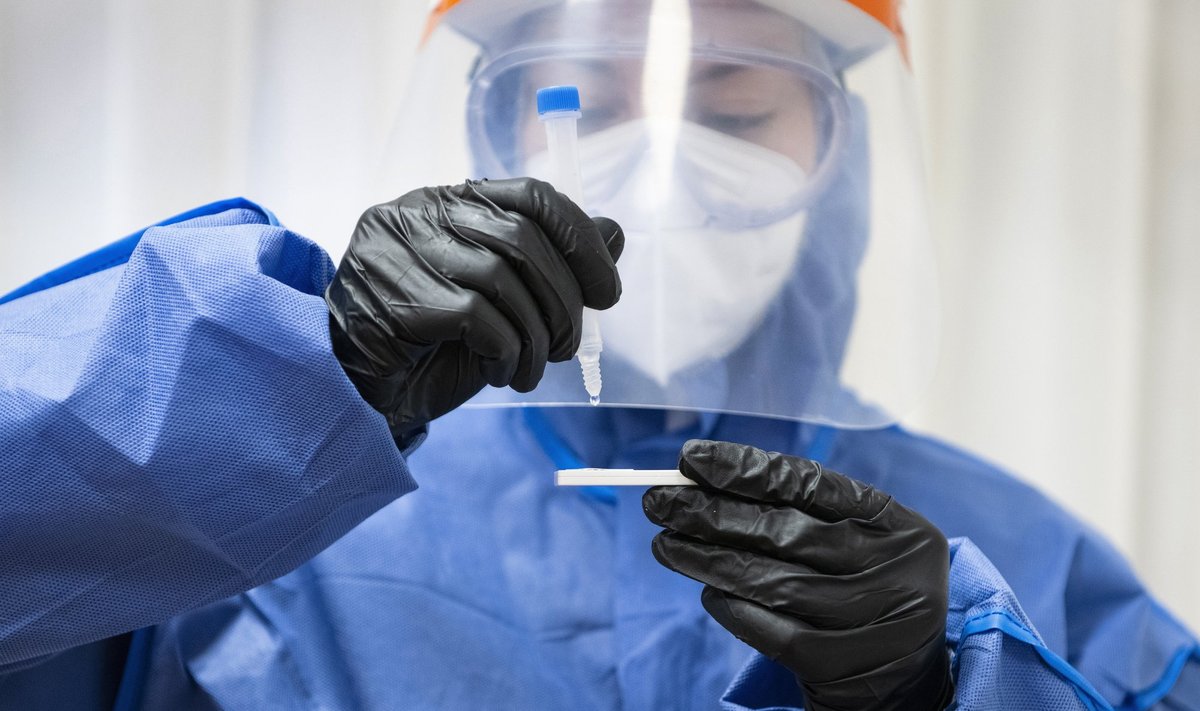The country, however, remains in the green zone with the least number of movement restrictions under the pan-EU system that determines the level of restrictions for travelers.
The Lithuanian color system is based on two figures: the 14-day share of new infections per 100,000 people and the percentage of positive tests over the past seven days.
Under the green (A) scenario, the two rates need to stay below 25 and 4 percent. Lithuania moved into the green zone on June 30.
The yellow (B) scenario is further split into B1 (25-50 cases and less than 4 percent of positive tests) and B2 with 50-100 infections per population of 100,000.
Now in Lithuania, there are 26.2 cases per 100,000 over the past 14 days and the percentage of positives tests stands at 0.9.
Earlier, these color-based indicators determined specific restrictions or facilitations but the government has said recently it will mainly consider the hospitalization rate to decide on restrictions.
"The government will watch the situation, first of all, in hospitals as it's probably the most important indicator on whether we can provide healthcare services," Simonyte told the Dienos Tema (Topic of the Day) program on the national television LRT on Thursday.
The hospitalization rate continues to improve in Lithuania as 55 COVID-19 patients are now in hospitals, based on Thursday's data.
